There are a lot of myths surrounding motorcycle helmets – what you should, or more to the point what you should NOT, do with them, how you should look after them, and what makes one better than another.
It seems there are as many opinions as people offering them, and it can all get a bit confusing. So, we decided to ask the guys at Shoei UK for their expert help, to confirm or bust some of the most common myths about helmets. Here’s what they told us…
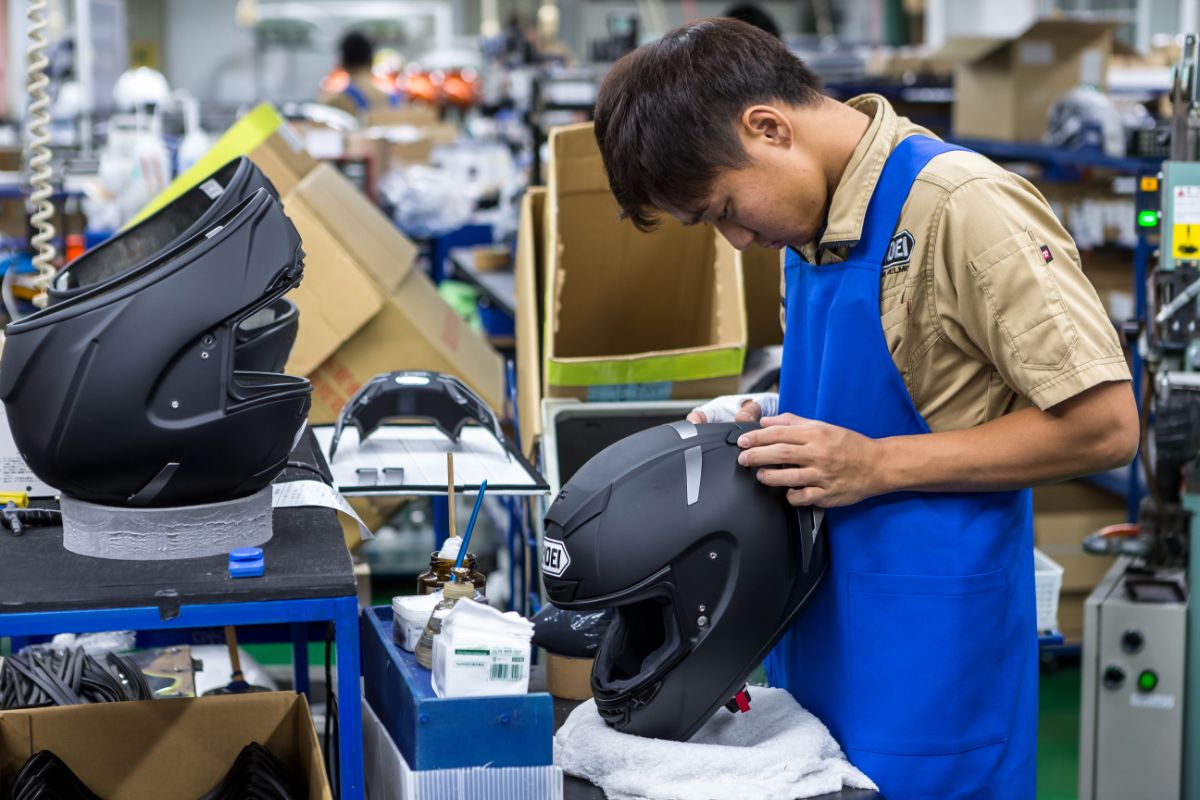
Myth 1: If you drop your helmet – replace it
Strictly speaking yes, a dropped helmet may have suffered internal damage that is not visible, which may compromise safety in the event of a crash. Shoeis are painted black on the inside to highlight any damage subjected to the EPS liner, where white will show through. It is recommended to return a dropped helmet for assessment before using.
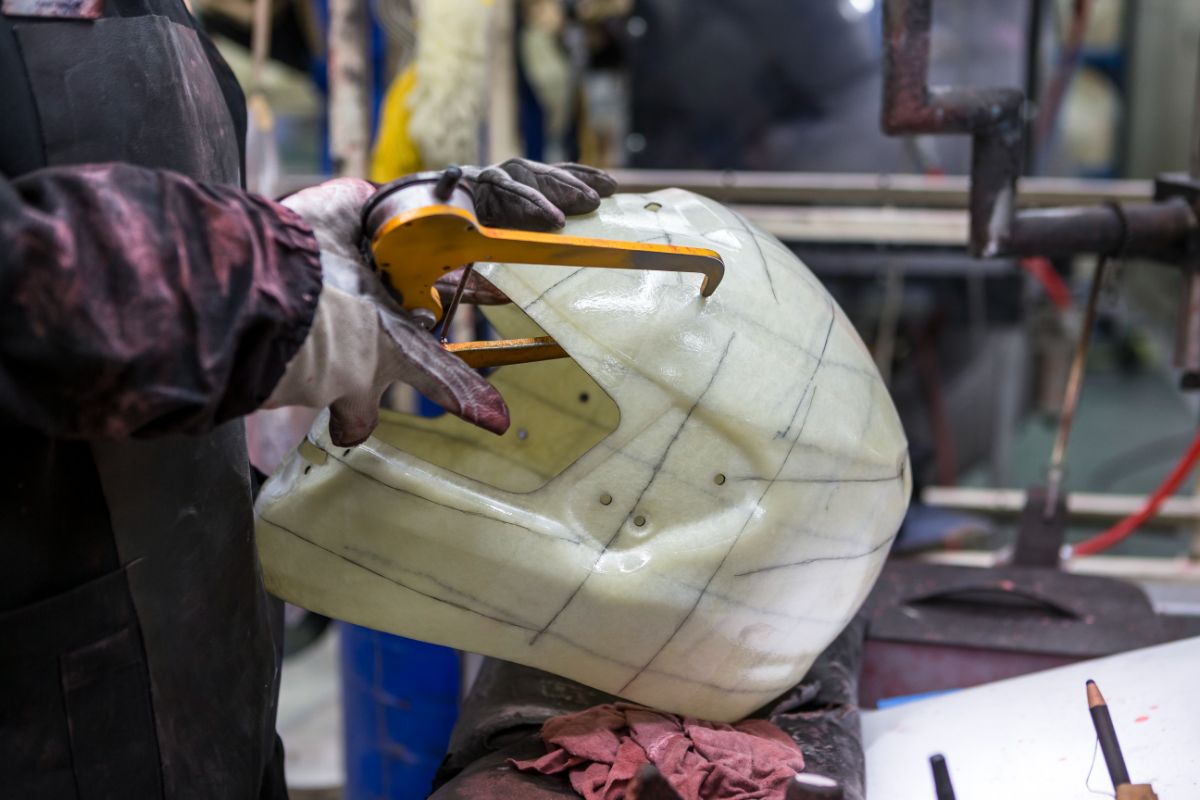
Myth 2: Carbon fibre helmets are better than glass fibre helmets, which in turn are better than plastic helmets
Not necessarily. Shoei was a pioneer in carbon fibre helmets dating back to 1976 with the GR-Z. While carbon does have some excellent qualities such as its strength and weight it can also be brittle and offer little flex in comparison, which does not help to disperse impact energy as well across the surface of the helmet shell. Shoei currently does not use carbon in helmets as better impact absorption and energy dispersal performance can be achieved using a fibre composite shell, while still maintaining a lighter weight.
Plastic helmets are cheaper to make but don’t always offer the flex required to disperse energy across the shell’s surface. They can transfer energy from the point of impact straight through to the rider’s head with only the EPS in between. The new ECE 22:06 regulations stipulate a lower speed impact test which will be more difficult to pass for the manufacturers of harder plastic helmets.
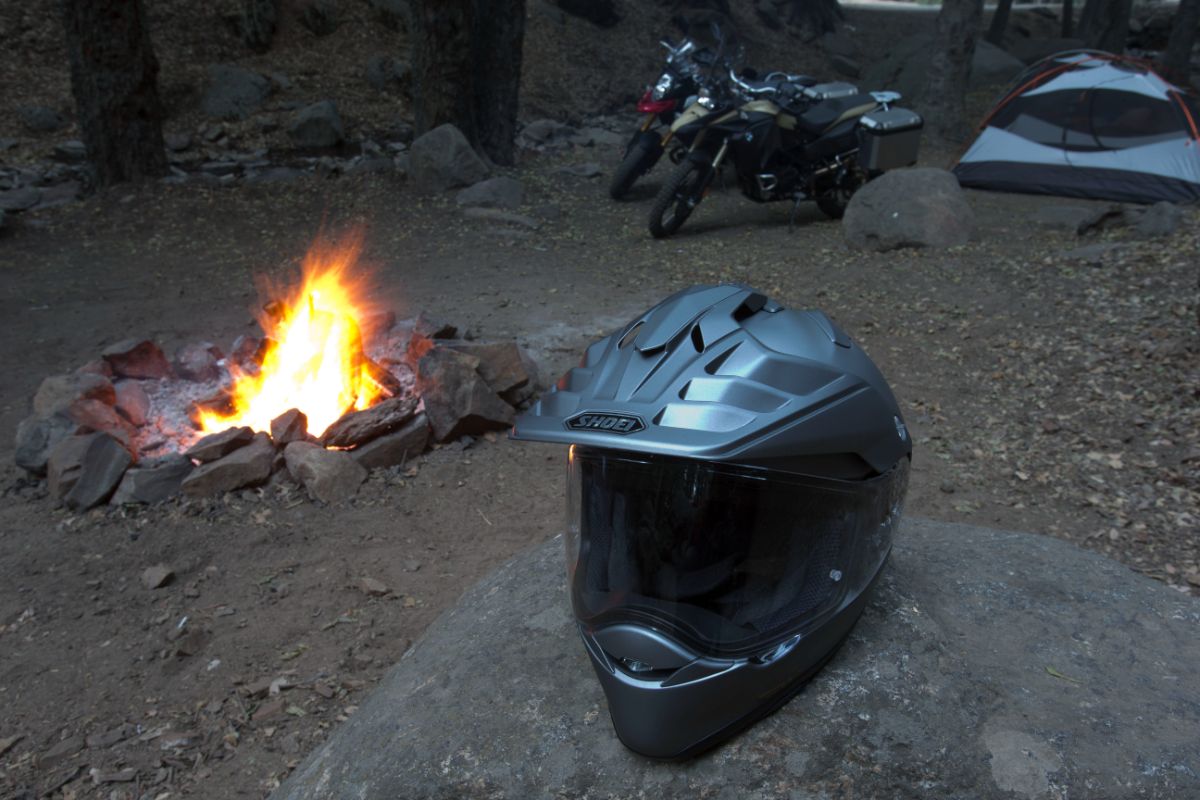
Myth 3: Replace your helmet after five years
A helmet’s performance will deteriorate over time, and through usage. Over time, the EPS liner will start to dry out and crumble under impact whereas a newer one will compress gradually, slowing down the forces of the impact.
If a helmet has had high usage, for example. for a daily commute, we would recommend replacing it sooner as the environmental contamination, internal contamination and multiple heat cycles can start to break down the liner faster. Wear to seals, buckles and straps is also accelerated by daily use, compared to an occasional weekend rider. We would recommend replacing a helmet after five years or sooner even if it has not been subjected to an impact.
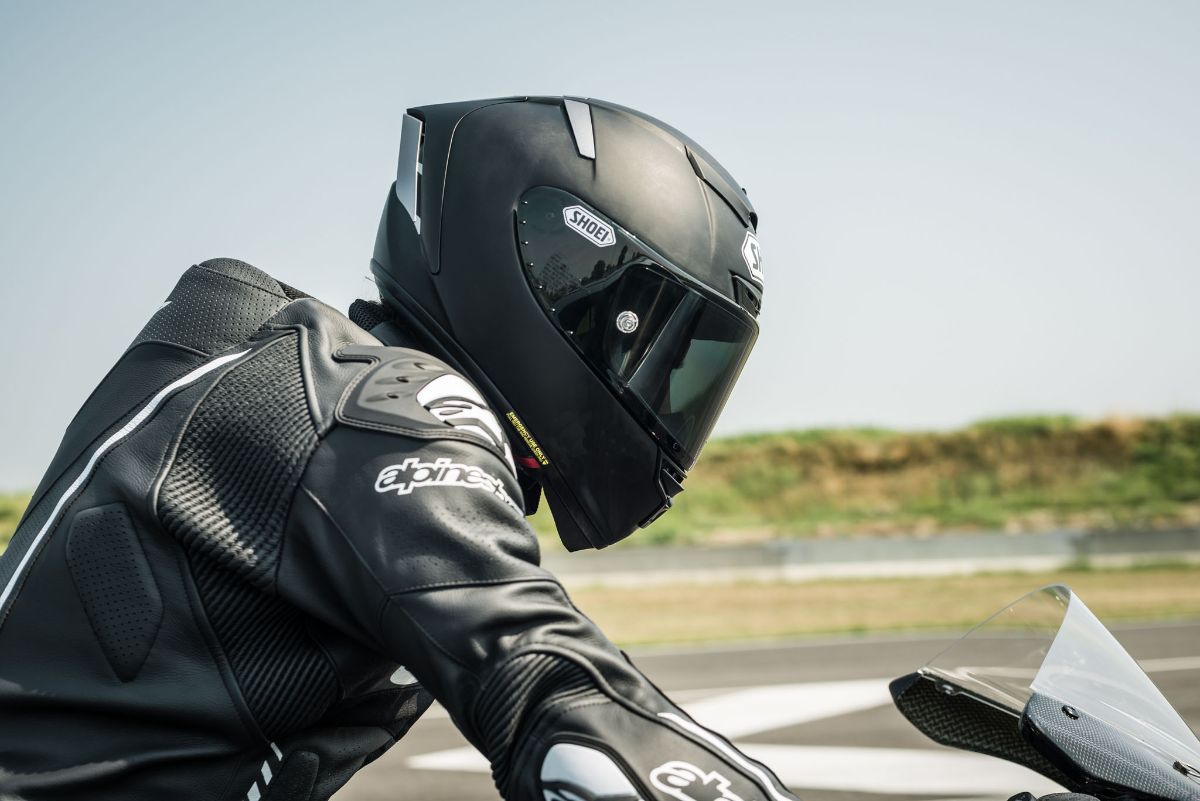
Myth 4: More expensive helmets are better than cheap ones
An expensive helmet is likely to pass the required safety tests by a greater margin than a cheap one. The fit is likely to be better for the rider due to an increased number of shell sizes and the number of different fitting pads available for the helmet. A helmet which is a better fit, and not oversized due to poor fit, will be lighter and cause less fatigue and will not cause unnecessary distractions or irritation while riding. This equates to a safer ride.
Shoei uses ‘comfort technology’ which optimises rider comfort which significantly contributes to rider safety. These active safety features in the helmets include fit, stability, ventilation, reduced wind noise, weight, and optical clarity which means you concentrate on the ride and aren’t distracted or compromised by the helmet you are wearing.
The optical clarity of cheap or aftermarket visors is often overlooked, and can be a cause of headaches as the rider’s eyes are coping with a refractive or astigmatic power within the visor that should not be there.
Ed: it’s also worth considering that things like fancy graphics and more sophisticated venting can contribute to the extra costs of more expensive helmets. Choosing a plain coloured helmet, rather than a multi-coloured option, can be a way to save money without compromising safety.
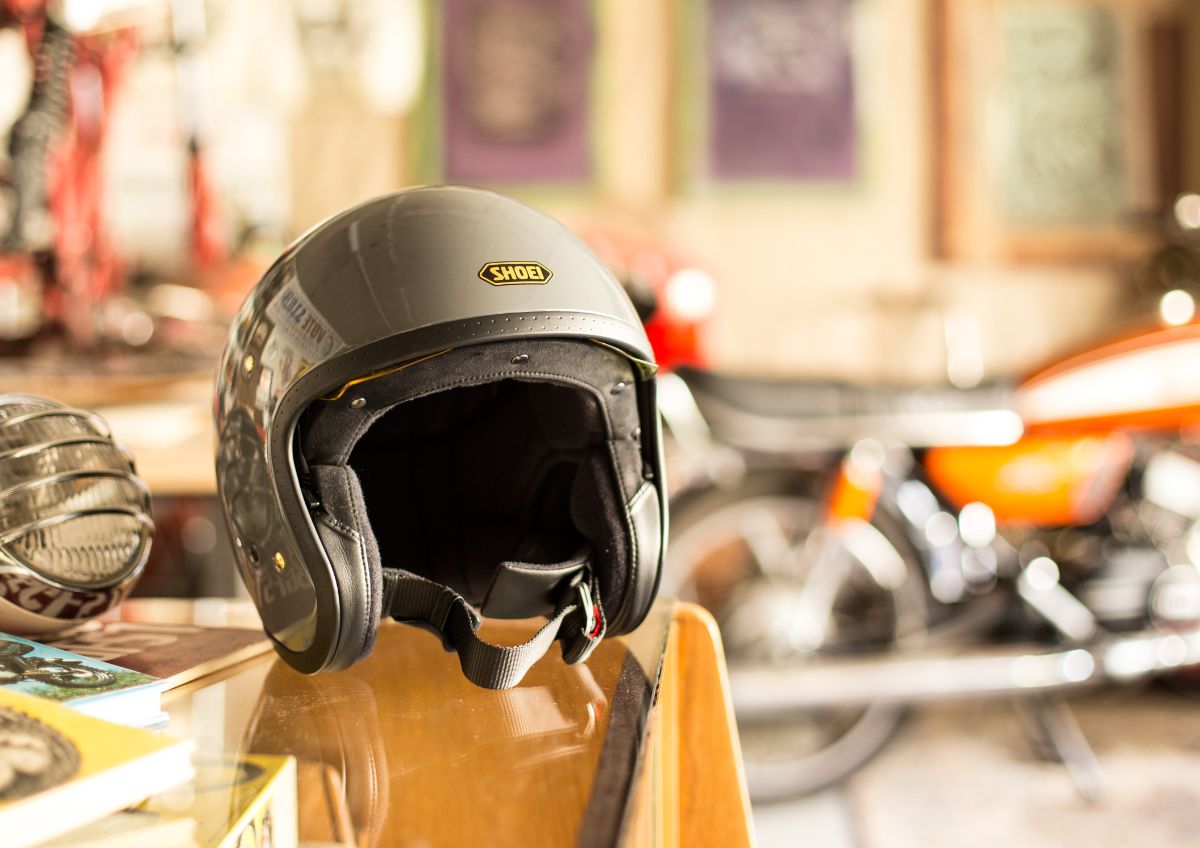
Myth 5: Double D strap is better than clip-on buckle
There is a place for each buckle type. Shoei use the proven double D on all helmets, with the exception of three touring/commuting helmets which use a ratchet mechanism. The double D is infinitely adjustable, super secure but can be fiddly to fasten and unfasten particularly for the inexperienced or with gloved or cold hands.
The ratchet uses a stainless steel multi-position plate with a recessed release lever and is virtually impossible to accidentally release. It is easy to use but might require some adjustment after a few weeks’ use, to compensate for the stretch in the new strap material.
We don’t use plastic buckles or pull loops on the release lever.
To prove the strength of the ratchet versus a double D, Shoei fitted identical helmets with both systems, bolted the straps to the floor and used a fork lift to lift the helmets simultaneously. The result was both helmets collapsing at the same time, before either of the straps failed. There is an option to have the ratchet swapped for a double D or vice versa. It is an after sales service and not available from new.

Myth 6: Helmet weight matters
It certainly does. A lighter helmet will be easier to ride in and will be less fatiguing on the rider. A 200g weight difference on a six-hour ride on a sports bike would be noticeable on the neck. This is one of the factors Shoei considers as part of their development for “passive safety.”
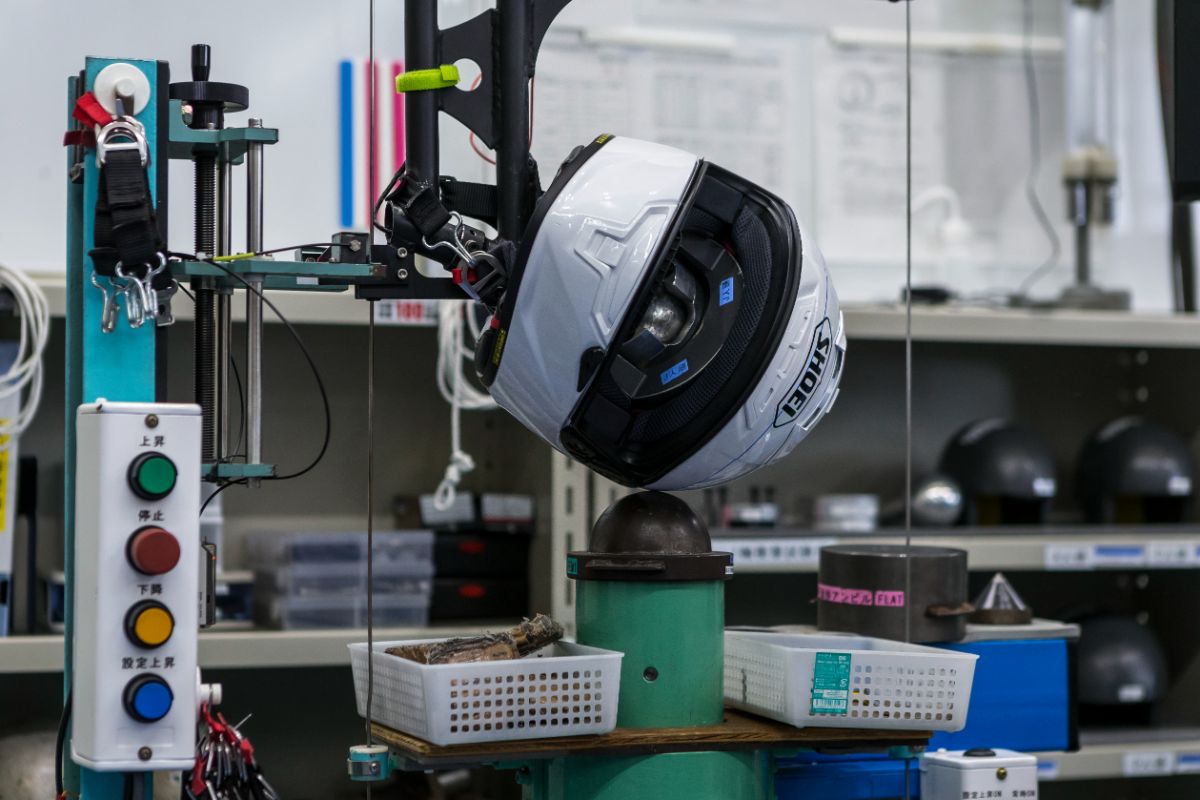
Myth 7: ECE, Sharp, DOT tests are all equally relevant
Within the industry the ECE and DOT tests are well respected and are mandatory in their respective markets. Only ECE approved helmets can be used in the UK as the DOT standard (which is the US process) is not officially recognised. The Sharp test only tests helmets that are already ECE approved. The introduction of ECE 22:06 marks a significant improvement in rider safety. There are five standard impact test points (six on a full face) tested by Sharp. ECE 22:06 tests these points, plus any three of an additional 12 points chosen by the tester.
For the ECE test, each manufacturer needs to submit 55 pre-production helmets for approval and then a further 55 from production for each shell size. To put this into perspective our £800 FIM homologated XSPR Pro race helmet comes in four shell sizes which equates to 440 helmets being supplied for the ECE testing and approval, plus the cost of the tests themselves. Our helmets which are compatible with the Sena SRL integrated comms units also need to be tested separately with and without the Sena units fitted. Effectively that’s 220 helmets per shell size. Shoei Japan has a test laboratory that can replicate the tests from the different regions. They develop and test the helmets before they are submitted for testing so they can be confident that they will be approved. Competitor helmets are also tested here for comparison. They will test destroy over 3000 Shoei helmets per year from production to ensure the continued quality of the helmets coming off the production line.
In short, the ECE test is incredibly extensive covering things like UV degradation, the types of adhesives used on stickers, the visor optics, the rider’s ability to hear inside the helmet… the list goes on. If you want to read the full 176 pages, you can do so here
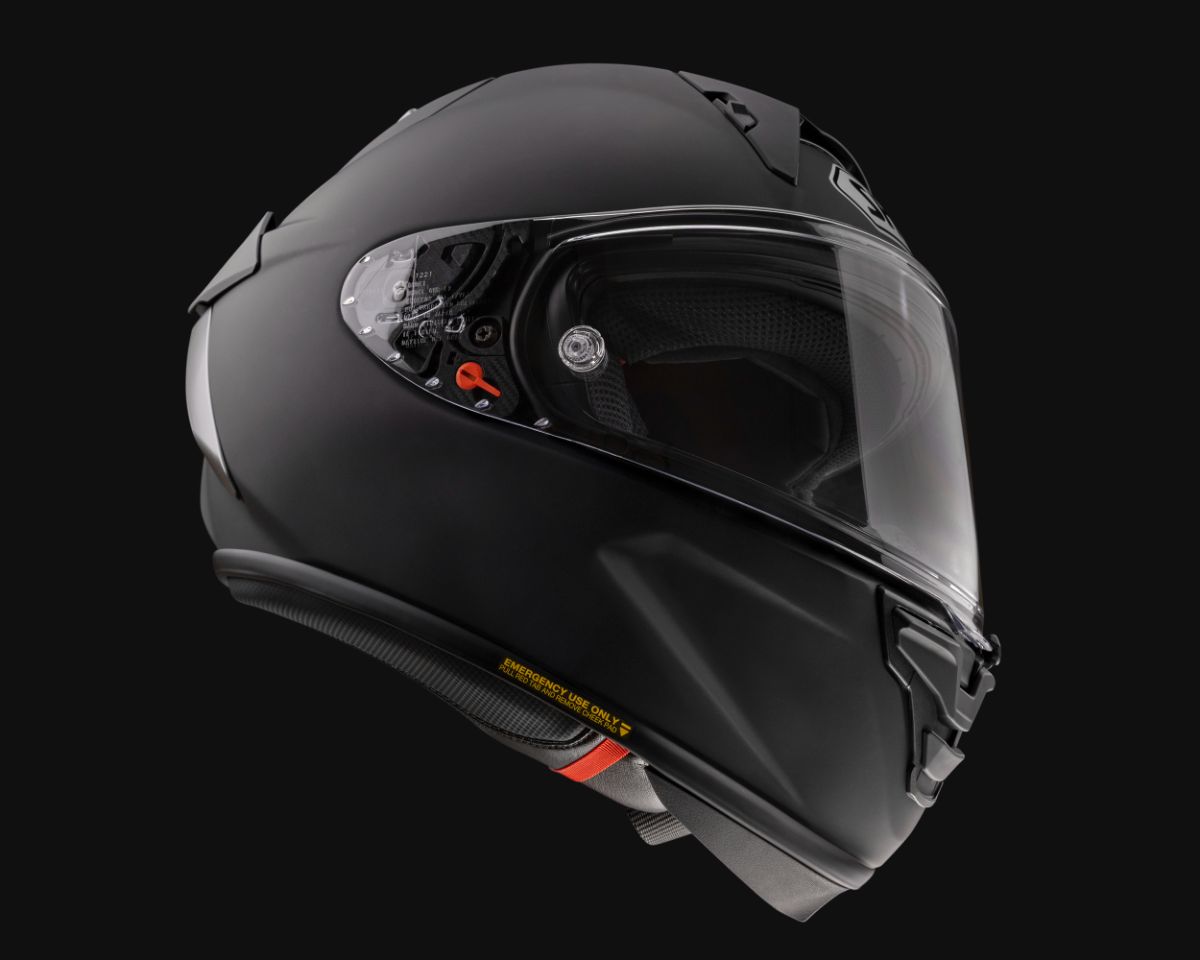
Myth 8: Comms units on helmets are dangerous
Comms units can obviously reduce the rider’s ability to hear their surroundings, but at the same time can feed in directions, messages and phone calls without the rider needing to take their hands off the bars, so reducing distractions. Modern systems that work with Siri and Google voice assistants mean you can do the same things from inside the helmet as you could if your phone was on your kitchen table.
The integration of systems into the helmets is a great idea. As mentioned earlier, helmets with that integration option are tested with and without the comms units fitted for ECE 22:06 approval. However, add-on external comms units are a different matter. There is a compromise when these are fitted. A part of the 22:06 test measures rotational energy during impact which forces manufacturers to make helmets smoother so that they don’t have any parts which stick out, or if they do, will break off in the event of an accident. An aftermarket comms unit clamped onto the outside of a helmet shell may increase the risk of rotational and compression injuries. It can also be noisy but does have the advantage of being able to be easily swapped from one helmet to another.

Myth 9: Only certain brand helmets fit my head
Certain brands have a ‘shape’ which tends to fit some heads better than others. Shoei dealers have the ability to change liners and cheek pads to ensure a perfect fit. Recently Shoei has launched PFS (Personal Fitting System) in Europe, which takes key measurements from the rider’s head, feeds them into the Shoei PFS software, which then tells the fitter not only which size helmet is required, but also which position, quantity and density of pads are required to compensate for not just the size but also the shape of the head. The PFS fitting service is due to be launched in the UK shortly at selected dealers.
This system allows all riders to be fitted for a Shoei, however there may be a small percentage of people with extremes of dimensions which fall outside of the parameters. If this is the case, they will struggle to find a helmet to fit from any manufacturer.



